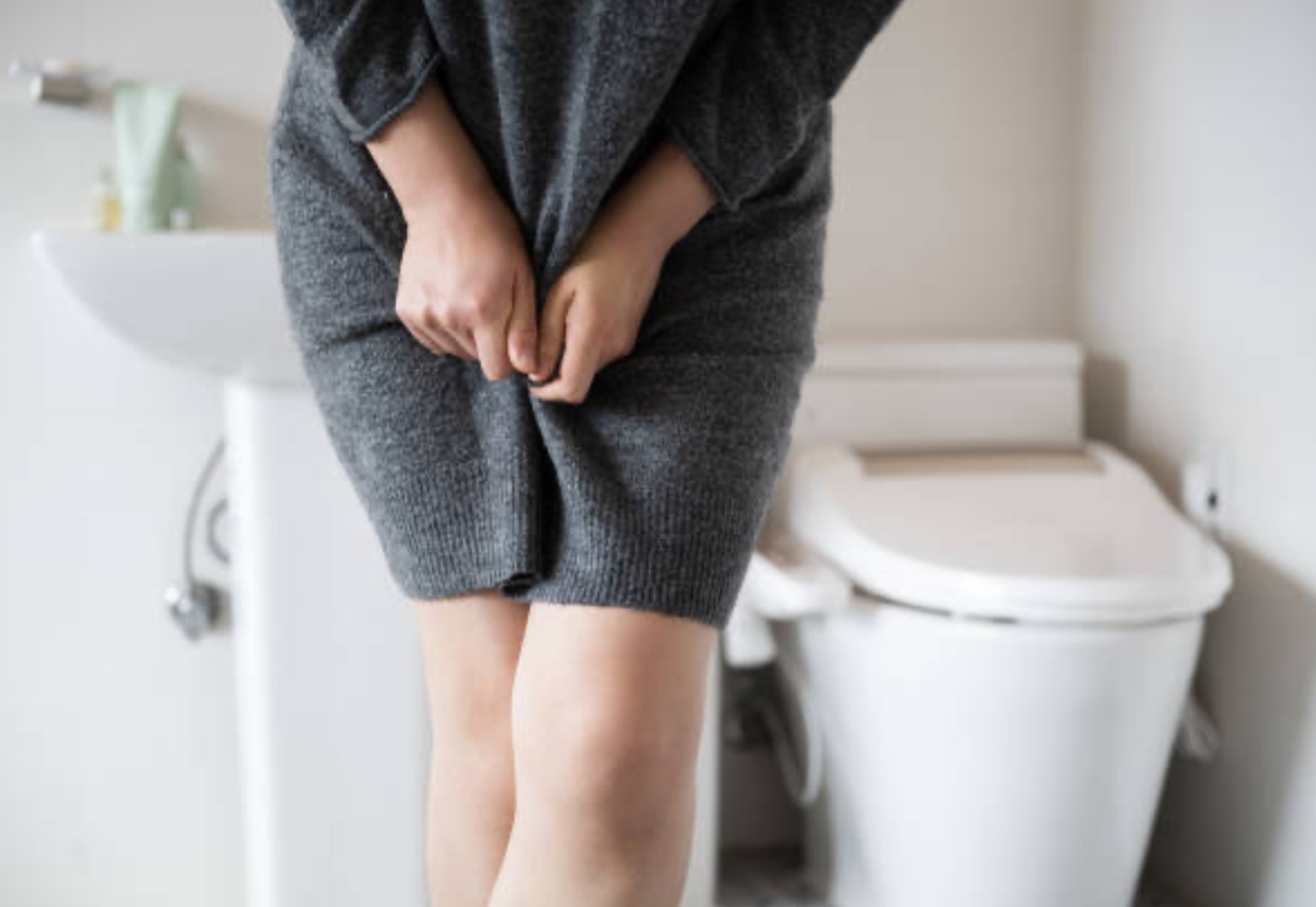Symptoms of Overactive Bladder (OAB)
Overactive Bladder manifests through a range of symptoms, including:
- Urgency: An uncontrollable urge to use the bathroom immediately.
- Frequency: The need to urinate more than 8 times per day.
- Urge Incontinence: Leakage accidents that happen before reaching the bathroom.
- Retention: Holding larger amounts of urine than normal, leading to discomfort or urgency.
- Stress Incontinence: Leakage triggered by activities such as sneezing, coughing, laughing, or exercising.
You Are Not Alone – Finding Relief for Bladder Control Problems
Discussing your symptoms with your healthcare provider is the first step toward managing and alleviating your condition. There are several approaches to help manage OAB, ranging from lifestyle changes to advanced therapies.
Lifestyle Changes
Conservative treatments can be helpful, though they may not work for everyone. These options are simple behavioral adjustments that can be implemented easily:
- Diet and Exercise: Reducing caffeine intake, staying hydrated, and increasing physical activity can have a positive effect on bladder control.
- Bladder Retraining: This technique, also known as biofeedback, involves gradually delaying bathroom trips and adhering to a structured bathroom schedule.
- Pelvic Floor Strengthening: Kegel exercises can help by strengthening the muscles of the pelvic floor, helping control urination.
Oral Medications
When lifestyle changes don’t provide the desired results, oral medications may be recommended. These medications can help manage OAB symptoms but may come with side effects, including:
- Dry mouth
- Blurry vision
- Constipation
- Hypertension
Some medications can have more serious risks. Limited studies suggest that a class of OAB drugs (anticholinergics) may increase the risk of dementia in older adults. Furthermore, medications don’t always work, and many people stop taking them due to side effects or lack of effectiveness. In fact, 72% of people reported discontinuing their medication after just six months.
Advanced Therapies
If lifestyle changes and medications don’t provide sufficient relief, there are advanced therapies available:
Axonix/InterStim Therapy
- This therapy offers long-term relief for OAB sufferers.
- You can try it during an evaluation to see how it works for you.
Risks of Axonix/InterStim Implantation:
- Like any surgical procedure, it carries risks such as swelling, bruising, bleeding, and infection.
- Complications may include issues like movement of the wire, technical problems with the device, and some temporary pain during the evaluation phase.
- Your doctor will guide you on how to use the test device and inform you of any precautions, including activity restrictions.
Conclusion
Overactive bladder is a common yet often misunderstood condition that can significantly impact your quality of life. While many people with OAB hesitate to seek treatment, there are numerous options available to help regain control and improve daily functioning. Whether through lifestyle changes, medications, or advanced therapies like Axonix/InterStim, solutions exist to help manage symptoms and enhance your quality of life.
If you are experiencing any of the symptoms of OAB, don’t hesitate to speak with your healthcare provider to explore your treatment options and start your journey to relief.








